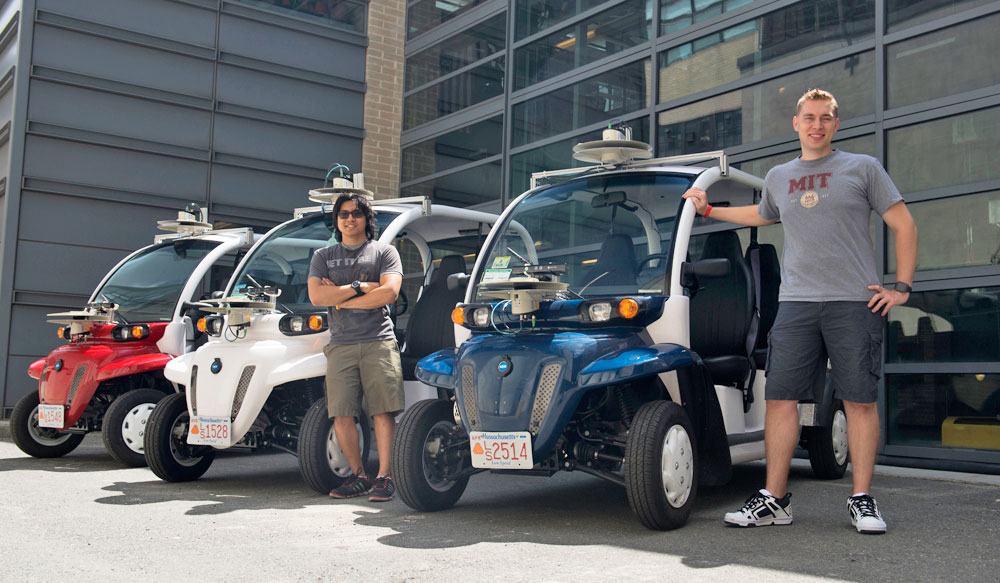
Predicting the future of Twitter's trending topics is, as of right now, an impossibility. But two folks at the Massachusetts Institute of Technology may have cracked the code with an algorithm they're saying predicts -- with 95 percent accuracy -- the topics that will trend in the next hour and a half. The prediction has even been calculated as high as four to five hours ahead of time with the same level of accuracy. Not too bad!
Of course, beyond impressing friends with the predictions, the algorithm has direct implications for the likes of Twitter itself -- being able to sell ads against trending topics could benefit the social media company enormously in its ongoing quest to monetize. At any rate, it's distinctly less dangerous sounding than the last idea we heard involving Twitter and predictions. The algorithm will be presented next week at MIT's Interdisciplinary Workshop on Information and Decision in Social Networks, should you wish to dig into the nitty gritty of the math behind the madness.
Filed under: Misc, Science, Software, Alt
MIT prof and student discover algorithm for predicting trending Twitter topics originally appeared on Engadget on Fri, 02 Nov 2012 10:21:00 EDT. Please see our terms for use of feeds.
Permalink  SlashGear
SlashGear |
 MIT
MIT |
Email this |
Comments
 Lyft and Uber already operate in and around Boston, but students on MIT's campus in Cambridge, MA also have a new, research-oriented option for on-demand ridesharing. Ford and MIT announced today a new project that will shuttle students around on bot...
Lyft and Uber already operate in and around Boston, but students on MIT's campus in Cambridge, MA also have a new, research-oriented option for on-demand ridesharing. Ford and MIT announced today a new project that will shuttle students around on bot...
 Lyft and Uber already operate in and around Boston, but students on MIT's campus in Cambridge, MA also have a new, research-oriented option for on-demand ridesharing. Ford and MIT announced today a new project that will shuttle students around on bot...
Lyft and Uber already operate in and around Boston, but students on MIT's campus in Cambridge, MA also have a new, research-oriented option for on-demand ridesharing. Ford and MIT announced today a new project that will shuttle students around on bot...
 Sorry, University of New South Wales: Your efforts at shattering the efficiency record for solar cells earlier this month have been, ahem, eclipsed. A group of researchers at Massachusetts Institute of Technology have developed a way to possibly brea...
Sorry, University of New South Wales: Your efforts at shattering the efficiency record for solar cells earlier this month have been, ahem, eclipsed. A group of researchers at Massachusetts Institute of Technology have developed a way to possibly brea...
 For some people, the RunKeeper coach's voice is enough to keep them motivated during a jog. Others need something physical to keep pace with. That's where Puma's BeatBot comes in. Developed by a NASA robotics engineer, a trio of MIT students and Puma...
For some people, the RunKeeper coach's voice is enough to keep them motivated during a jog. Others need something physical to keep pace with. That's where Puma's BeatBot comes in. Developed by a NASA robotics engineer, a trio of MIT students and Puma...
 Sure, Google has a way to reduce page load speeds, but that's limited to mobile for now. From the sounds of it, the venerable Massachusetts Institute of Technology has other plans that could make mobile and desktop web browsing about 34 percent faste...
Sure, Google has a way to reduce page load speeds, but that's limited to mobile for now. From the sounds of it, the venerable Massachusetts Institute of Technology has other plans that could make mobile and desktop web browsing about 34 percent faste...
 The world lost one of its brightest minds to a brain hemorrhage recently; Marvin Minsky was 88 when he passed on Sunday night. A World War II veteran, his life's work was essentially creating and advancing the field of artificial intelligence. The Ne...
The world lost one of its brightest minds to a brain hemorrhage recently; Marvin Minsky was 88 when he passed on Sunday night. A World War II veteran, his life's work was essentially creating and advancing the field of artificial intelligence. The Ne...











